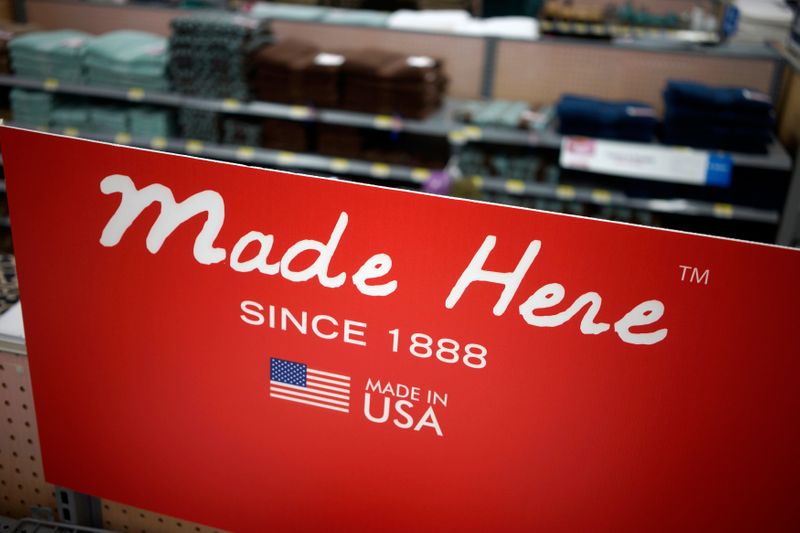WASHINGTON (Reuters) – New orders for U.S.-made goods accelerated in August, pointing to sustained strength in manufacturing even as economic growth appeared to have slowed in the third quarter because of shortages of raw materials and labor.
The Commerce Department said on Monday that factory orders increased 1.2% in August. Data for July was revised higher to show orders rising 0.7% instead of gaining 0.4% as previously reported. Orders have now increased for four straight months. Economists polled by Reuters had forecast factory orders gaining 1.0%. Orders shot up 18.0% on a year-on-year basis.
“Factory orders continue to climb, a good sign for manufacturing,” said Ryan Sweet, a senior economist at Moody’s Analytics in West Chester, Pennsylvania. “However, manufacturing is still being tested by the global supply-chain issues.”
Shortages held back shipments of factory goods, which barely registered a 0.1% gain in August after advancing 1.5% in July.
Manufacturing, which accounts for 12% of the economy, is being driven by still-strong demand for goods despite spending shifting back to services. Businesses are rebuilding inventories, which were depleted in the first half.
An Institute for Supply Management survey last week showed manufacturing activity steadily expanding in September, but noted that “companies and suppliers continue to deal with an unprecedented number of hurdles to meet increasing demand.”
According to the survey all industries were “impacted by record-long raw materials lead times, continued shortages of critical materials, rising commodities prices and difficulties in transporting products.”
Stocks on Wall Street were trading lower. The dollar fell against a basket of currencies. U.S. Treasury yields rose.
SLOWER GDP GROWTH
Input shortages and the resulting high prices, worsened by the latest wave of COVID-19 infections, driven by the Delta variant, likely caused a sharp slowdown in gross domestic product growth in the third quarter.
Data last Friday showed high inflation sharply cutting into consumer spending in July, with a moderate rebound in August. The Atlanta Federal Reserve is forecasting GDP growth braking to a 2.3% annualized rate in the third quarter. The economy grew at a 6.7% pace in the second quarter.
The increase in factory goods orders in August was led by computers and electronic products, fabricated metal products, transportation equipment as well as electrical equipment, appliances and components. But there were decreases in machinery and primary metals orders.
With shipments barely rising, inventories at factories rose 0.6% in August after a similar gain in July. Unfilled orders at factories jumped 1.0% after rising 0.5% in July.
The Commerce Department also reported that orders for non-defense capital goods, excluding aircraft, which are seen as a measure of business spending plans on equipment, gained 0.6% in August instead of advancing 0.5% as reported last month. Momentum has, however, slowed in recent months.
Shipments of these so-called core capital goods, which are used to calculate business equipment spending in the GDP report, rose 0.8%. Core capital goods shipments were previously reported to have increased 0.7% in August.
Business spending on equipment was robust in the second quarter, notching the fourth straight quarter of double-digit growth. That contributed to hoisting the level of GDP well above its peak in the fourth quarter of 2019.
“Incorporating data from the factory goods report and other related measures, we continue to believe that real equipment spending fell noticeably in the third quarter and that the real change in business inventories was close to zero that quarter,” said Daniel Silver, an economist at JPMorgan in New York.
(Reporting By Lucia Mutikani; Editing by Andrea Ricci)
























